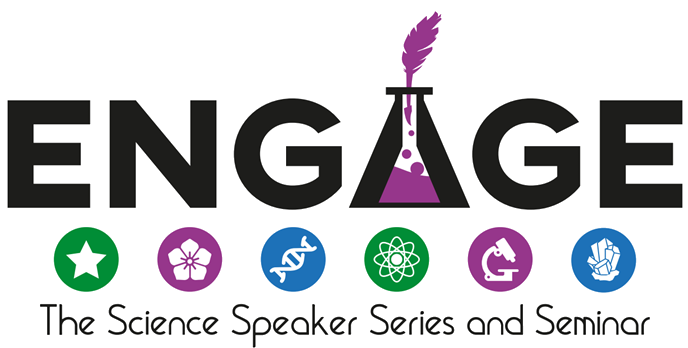Stem cells: when real life superheroes turn villainous
When a stem cell goes bad. Drawing by Laura Baquero Galvis.
If you could choose to have any superpower, what would it be? I am sure “flying” and “teleporting” come to mind, but how about self-replication, to make copies of yourself, or the power of creation, to create things from nothing? Think about the possibilities, especially if you could do both! While we can’t access these abilities, our lives depend on a very powerful superhero that can.
This is a story about the STEM CELL.
In a world constantly threatened by disease, invaders, and injury, it was up to the stem cell to keep things safe. In times of peace, the stem cell used its superpowers for routine jobs. It self-replicated to prevent the stem cell population from dwindling, and it created blood cells such as red blood cells to transport oxygen and immune cells to fight disease. The world fell into a routine, each cell a contributing member of society.
Suddenly, an alarm went off: a virus had infiltrated the worlds’ defenses! Everyone was panicking; the virus was wreaking havoc everywhere it went. However, the stem cell was ready for the fight! It snapped into action, suppressing self-replication and focusing on creating an army of disease fighters to destroy the threat. A vicious battle ensued with casualties on both sides, but ultimately the stem cell’s army dealt with the virus and peace returned. Or so it seemed…
As time passed, the stem cell aged and the small injuries it had accumulated over the years started to take a toll. Our superhero was changing. Its response time slowed, and its superpowers were presenting strangely. The stem cell now favored self-replication and minimized the use of creation, therefore making insufficient numbers of red blood cells and immune cells for the world.
What’s worse, the copies it made started to behave the same way, slowly disrupting the hard-earned peace. Sadly, our well-intended hero, whose life purpose was to protect the world, has become the threat that could lead to its destruction.
This touching story is not far from reality. As we age, our stem cells do as well, and the damage they accumulate over the years can make them into cancer cells. More specifically, our story depicts the role of a stem cell in the development of blood cancer.
As scientists, we know a lot about the stem cells and blood cells inside the body of patients with blood cancer. We use this knowledge to develop drugs that try to prevent faulty stem cells from spreading. Although a large portion of the cells in your body can become cancer cells, there are cells that remain healthy and that are not a threat. However, we do not understand why some stem cells turn cancerous while others do not. My research focuses on finding an answer to this question so that one day we can differentiate between the forever superheroes and those with the potential to turn villainous.

